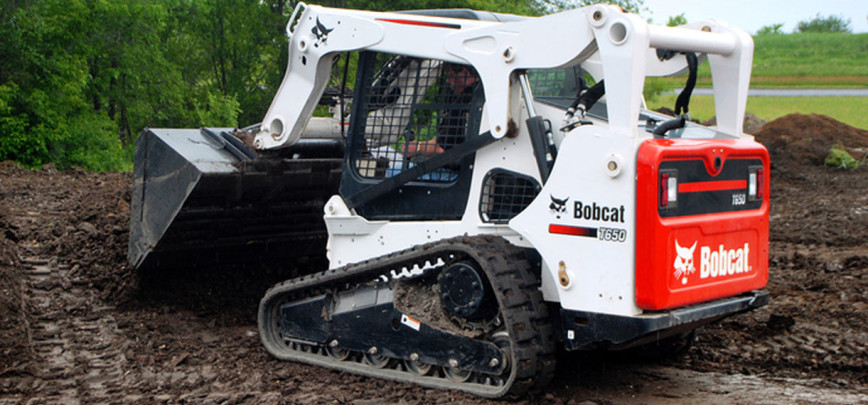Reducing and Preventing the Spread of Tree Diseases

There are some devastating tree diseases spreading across the country, and it’s important to know if you have a tree that may be at-risk so that you take necessary measures to reduce or prevent the spread of the disease.
Three of the most rampant diseases in Texas are Oak Wilt, Dutch Elm Disease and American Chestnut Blight. Naturally, if you have any Oak, Dutch Elm or American Chestnut trees on your property, you should be concerned.
Take a Current Inventory of Your Trees
If you don’t know what kind of trees you have on your property, the first step is to find out. There are many guidebooks or resources that can help you identify trees based on the structure of the leaves, bark and other features.
Do you have any Oak, Dutch Elm or American Chestnut trees? If so, your next step is to learn about the signs and symptoms of Oak Wilt, Dutch Elm Disease and American Chestnut Blight. Unfortunately, by the time symptoms appear, it is often too late to save the afflicted tree. The sooner you notice the symptoms of disease, the better. You can swiftly have the tree removed and can proactively protect and monitor the other trees of that species.
Let the Pros Handle Diseased Trees
If you can, it’s a good idea to call in a professional tree service to remove diseased trees. It’s imperative that the diseased wood is disposed of properly, and they will know exactly how to do that safely and effectively. Letting the experts remove an infected tree from your property also simply saves you from the hassle and headache of trying to get rid of the wood yourself.
Plus, professional tree services have large work crews who can usually remove a tree in a single day, which is ideal.
However, before you hire a team to take down a diseased tree, ask about how they reduce the spread of disease with their equipment. Professionals will keep their equipment clean and disinfected. The last thing you want is to have the tree crews bring in an entirely different disease that infects other trees on your property.
Another advantage to handing the problem over to professionals is that they have the equipment and experience necessary to remove as much of the tree as possible, including the roots. This is essential since pathogens can invade the wood at any point. With Oak Wilt in particular, one of the ways the disease spreads is via root systems. It’s possible to isolate the root system of a diseased tree by digging a deep trench around it.
Protecting Other Trees From Disease
When you have had a confirmed case of a deadly tree disease on your property, it’s important to take preventative measures to protect the other at-risk trees. Otherwise, you may lose them and may have to spend the time and money having them all removed.
Spraying trees with fungicides can help prevent the spread of Oak Wilt and Dutch Elm Disease. Insecticides should also be considered, as many of the pathogens spread via insects. For example, nitidulid beetles spread the Oak Wilt fungus. The Elm Bark Beetle and Bark Beetle are two species that spread the fungus responsible for Dutch Elm Disease. Many insects are capable of spreading the spores that infect American Chestnuts with blight.
As mentioned above, another prevention method is isolating the root system. The Texas Live Oak is especially prone to shared root connections among clumps of trees, leading to the rapid decline of many trees when one is first infected.
The Best Prevention Method Is Resistance
Perhaps you don’t have many trees on your property right now and are in the process of selecting ideal species to plant. You don’t necessarily have to avoid all varieties of oak to stay Oak Wilt-free, however. Some varieties are highly resistant to the Oak Wilt fungus and are rarely infected. These include Bur Oak, Chinkapin Oak and Monterey Oak. Liberty Elm trees are known to be resistant to Dutch Elm Disease. For other disease-resistant varieties that do well in your area, consult with a local nursery.
Join our newsletter
Subscribe to our weekly newsletter chalked full of useful tips, techniques, and design goodies.

